Learn how to create blue silk flowers inspired by the ocean using the traditional Ronghua (silk velvet flower) crafting technique! In this step-by-step tutorial, we’ll guide you through preparing the velvet strips, combing, shaping, and assembling your very own vibrant silk flowers. Perfect for adding a handmade touch to your festive decor!
Step 1: Preparing the silk threads 0:00~1:29
For this project, we are using 4 colors of silk thread in total. First, untangle all the silk threads. Divide the threads into groups of 5 strands each. Tie the threads onto a stick. Prepare 2 rows of silk threads in total. Secure the threads onto a stand. Smooth the threads with your hands.
Refer to the colour diagram below for thread arrangement and copper wire details.


Step 2: Brushing the threads 1:30~3:03
When brushing, hold the bottom of the threads tight with one hand. Brush both the front and back sides. The only difference between the two rows is the thread arrangement; all other steps are identical. If the threads get frizzy, spray a little water on them. Brush until the threads become fluffy and silky. Once finished, secure the threads along the edge of a table or stand.

Step 3: Attaching the wire 3:04~4:59
Use a mountain-shaped clip to hold the threads firmly — they must remain tight. Take annealed copper wire and straighten it. Twist the second half of the wire tightly. Place the threads in the middle of the wire. Twist the two copper wires on the left together. Hold both ends of the thread and twist the wire in opposite directions. You may apply magnesium powder to prevent slipping. Keep a spacing of about 1.2 - 1.5 cm (refer back to the Ronghua Manual) between wires, and the width should be consistent. After attaching all wires, remove the clip.

Step 4: Cutting and aligning silk strips 5:00~6:43
Lay the silk strip flat on your palm. Cut the strip cleanly in one motion (do not cut the wire). Align the edges neatly, ensuring the wire is exactly in the middle. Always twist the wire in the correct direction — reversing it will loosen the wire. Use a thread-rolling board to tighten the silk strip.

Step 5: Flattening and shaping the petals 6:44~10:14
After tightening, use tweezers to smooth the strip. Fold the strip in half and twist the wire. Flatten the strip with a clamp, always pressing from back to front, not top to bottom. Trim the bottom wires neatly. Soak the strips in hair spray (styling liquid) and remove the excess. Insert the strips into a sponge pad to air dry, keeping petals spaced apart to avoid sticking. Once dry, clamp again to make the petals smoother.

Step 6: Trimming petal shapes 10:15~13:41
Trim uneven petal edges. Cut a triangle notch at the top and both sides of each petal. Repeat for all petals. Dip the petals into styling liquid again to shape curves. Use tweezers to pinch curves and create wavy edges. Air dry on a stand.
You will need to craft at least 18 inner petals (those without yellow silk threads) and 7 outermost petals (those with yellow silk threads) for the later stage.

Step 7: Assembling the flower center 13:42~14:36
Cut a piece of copper wire and pass it through the hole in the flower base. Twist it tightly. Apply glue to the center and attach a bead.

Step 8: Attaching petals 14:37~16:40
Secure the silk threads and flower center together. The flower has 3 layers of petals: Layer 1: 5 petals. Layer 2: 6 petals (offset between Layer 1 petals). Layer 3: Yellow petals, 7 in total. Avoid overlapping petals; arrange with slight gaps.

Step 9: Making extra small petals 16:41~21:09
Prepare 7 individual petals in the same way. Apply glue at the base and attach beads. Assemble these petals with slight spacing between each. Join two petals together, then attach to the main flower.

Step 10: Final assembly 21:10~24:28
Wrap silk thread around the stem for about 3 cm. Trim excess silk thread. Bend the wrapped section and continue wrapping until all wires are covered. If thread runs out, tie off to finish. Attach the finished flower to the main accessory piece (e.g., hairpin or brooch). Secure tightly, wrapping closely without gaps. Use a folded wire or silk thread as a threading tool to hide the ends.

Step 11: Adjusting and finishing 24:29~end
Adjust petal positions for a natural look. The petals made here are enough for two flowers — one can be used for a hairpin.


Tutorial complete — now it’s your turn to make your own silk flower!
If you finished your DIY product, welcome to show your awesome work to us and get coupons for the rest of our DIY kits!
INS@lanseichina
Pinterest@lanseichina


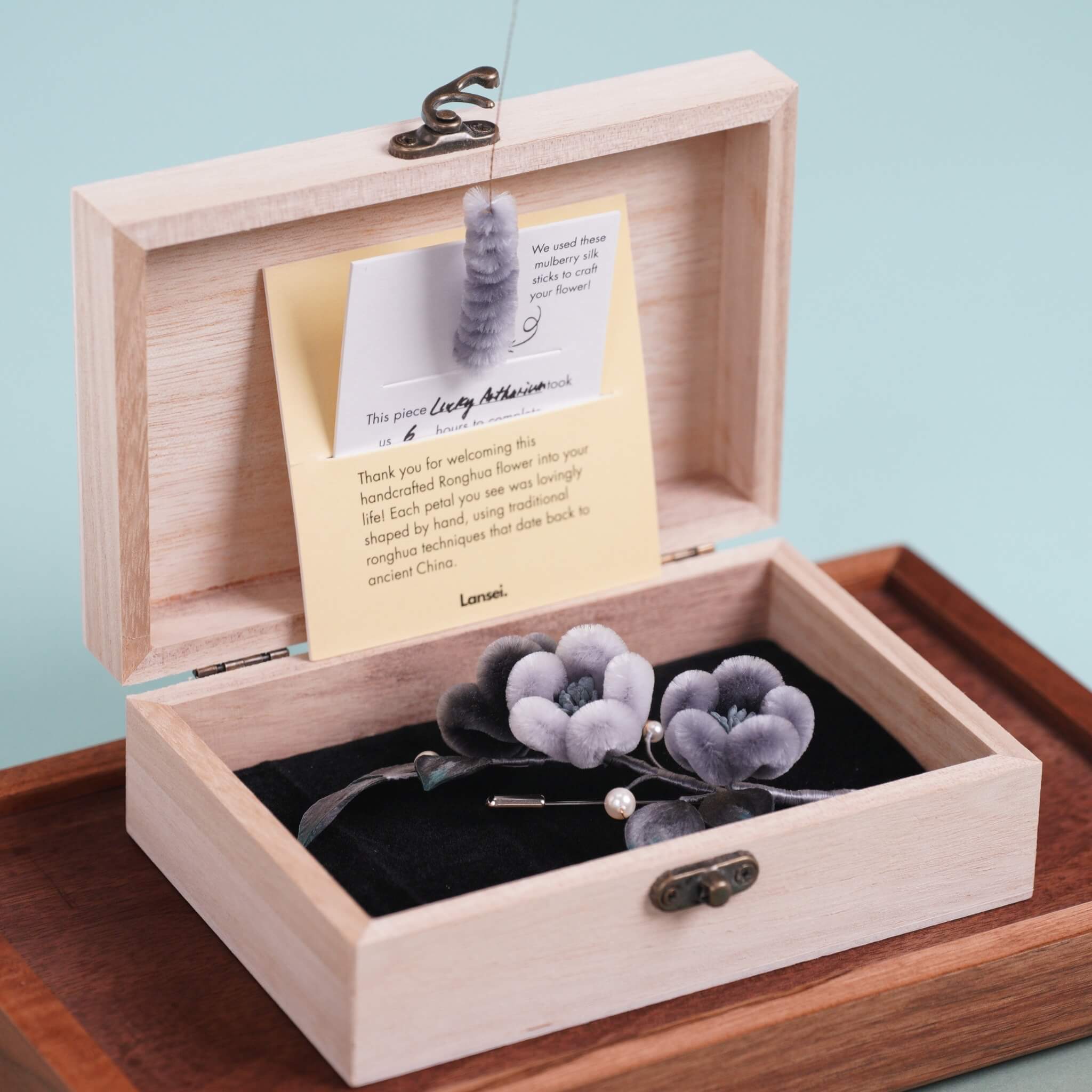
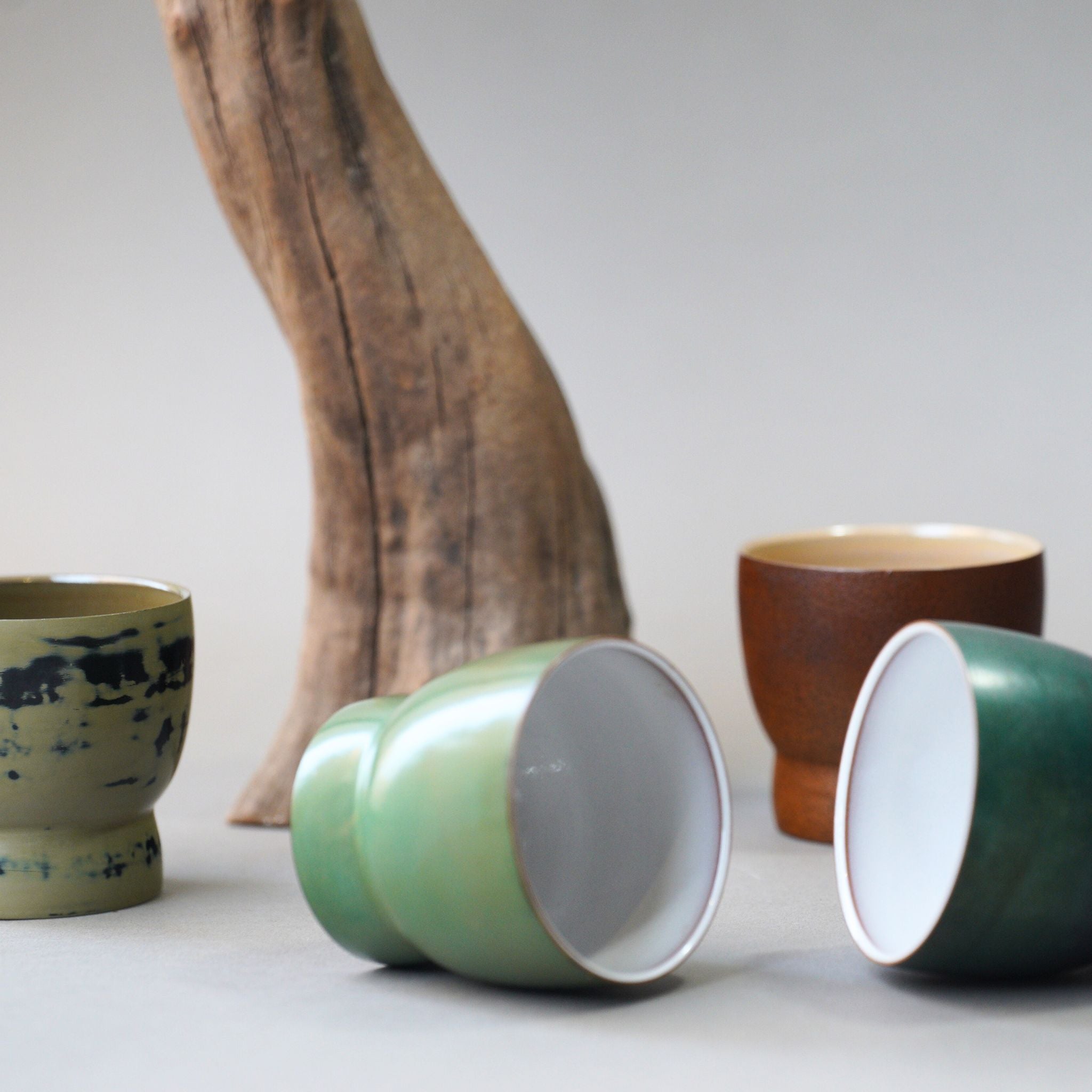
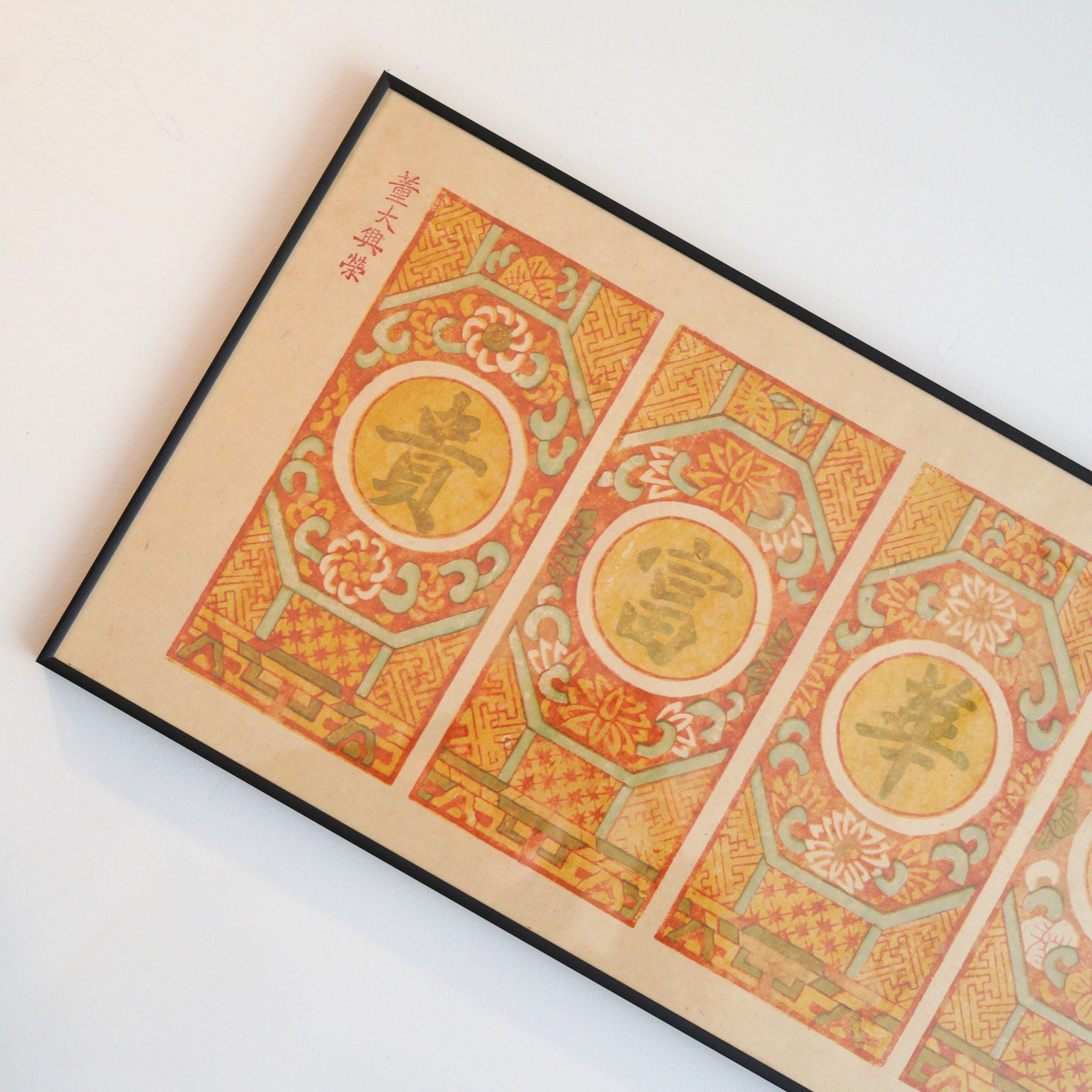
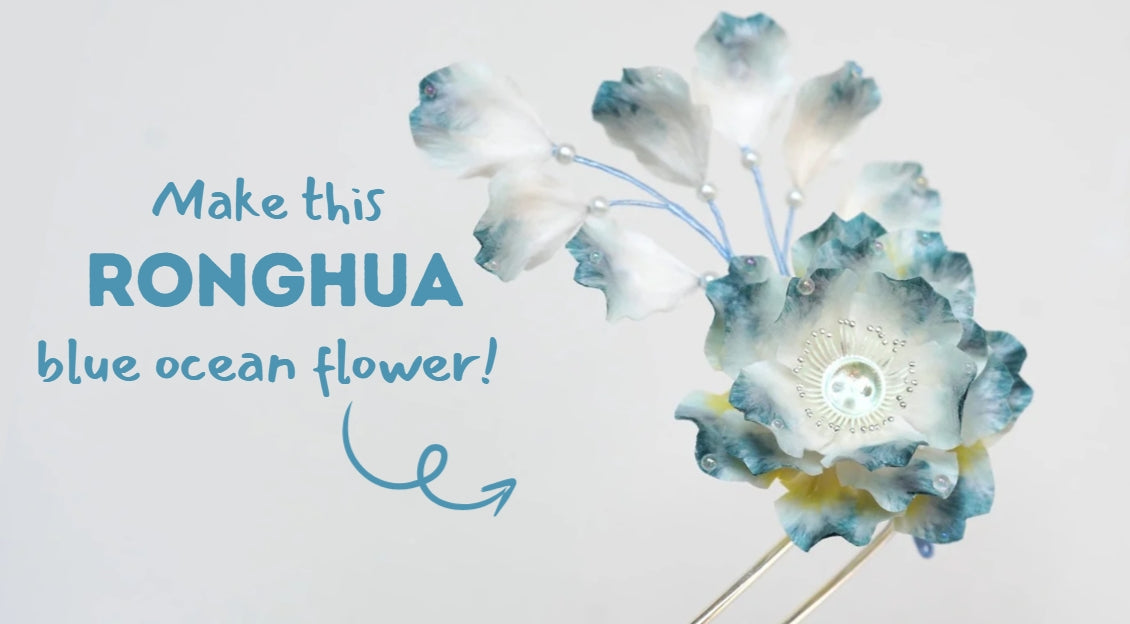

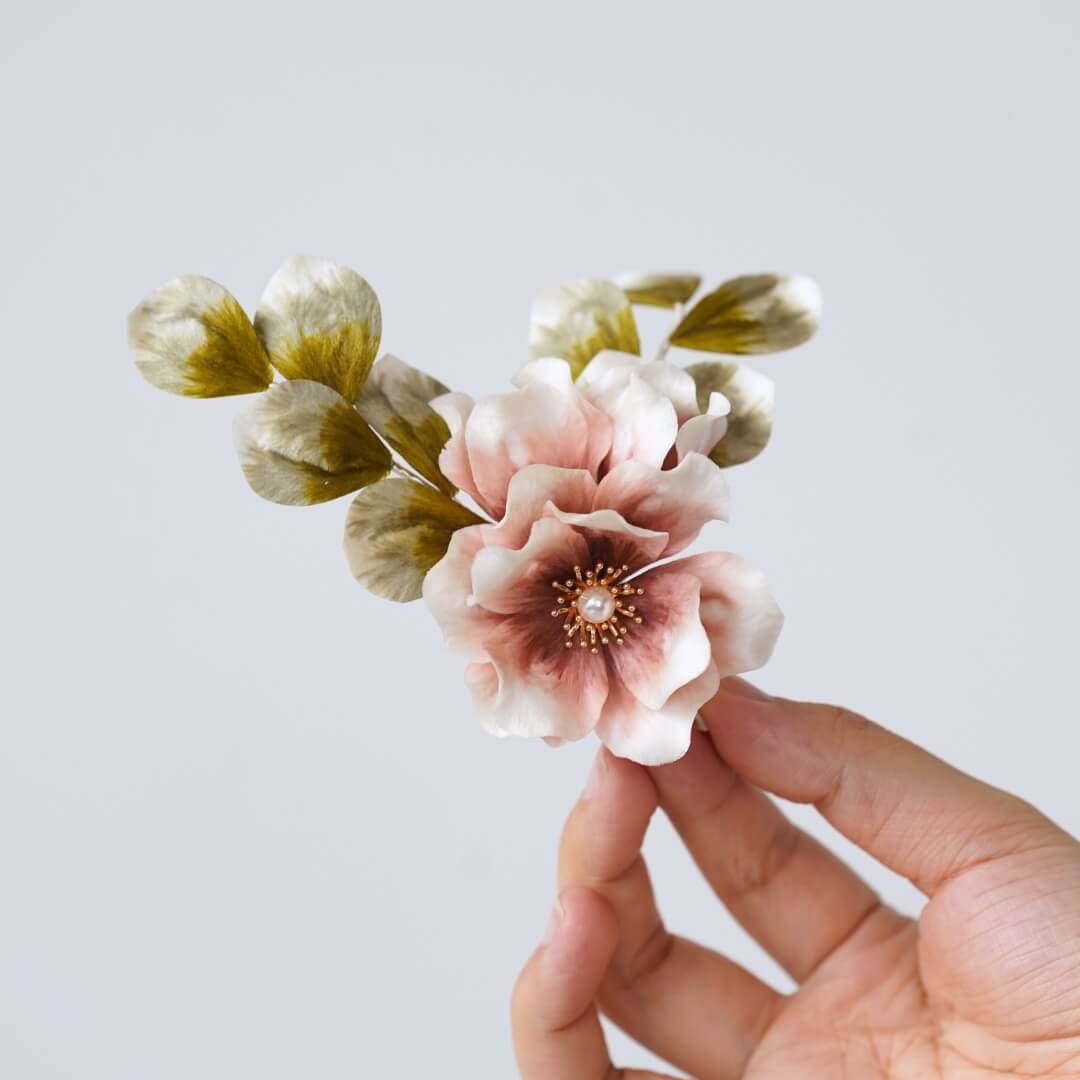
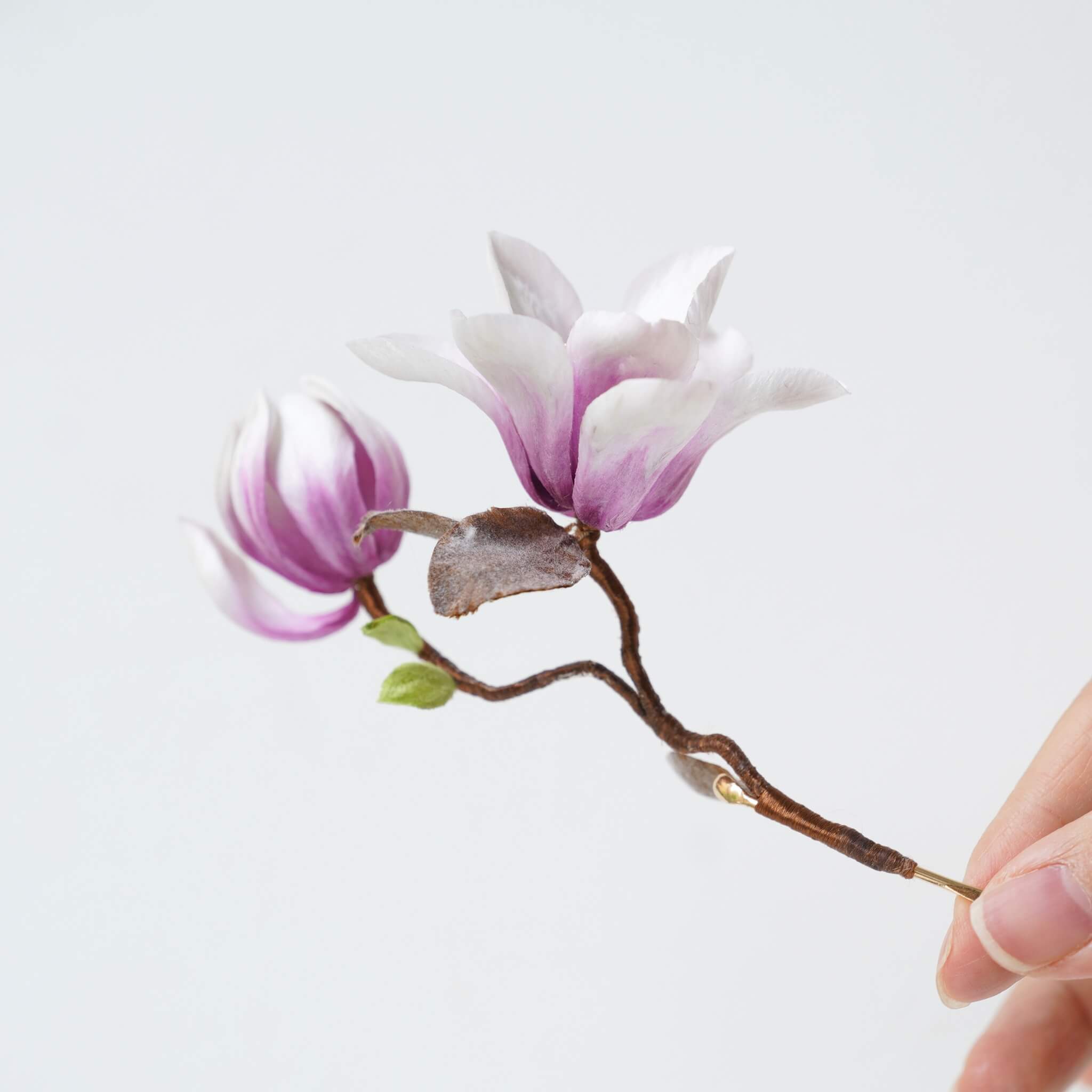
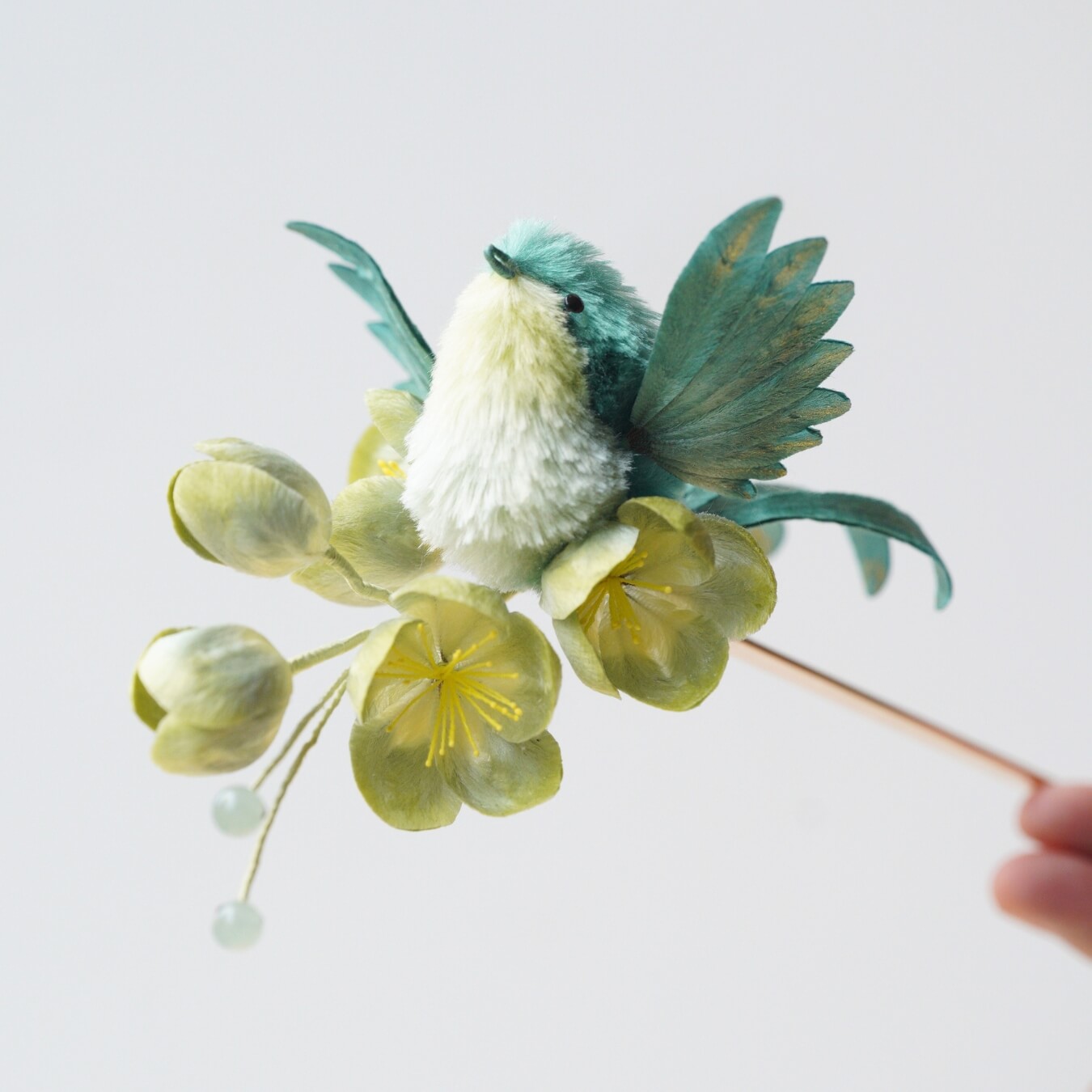
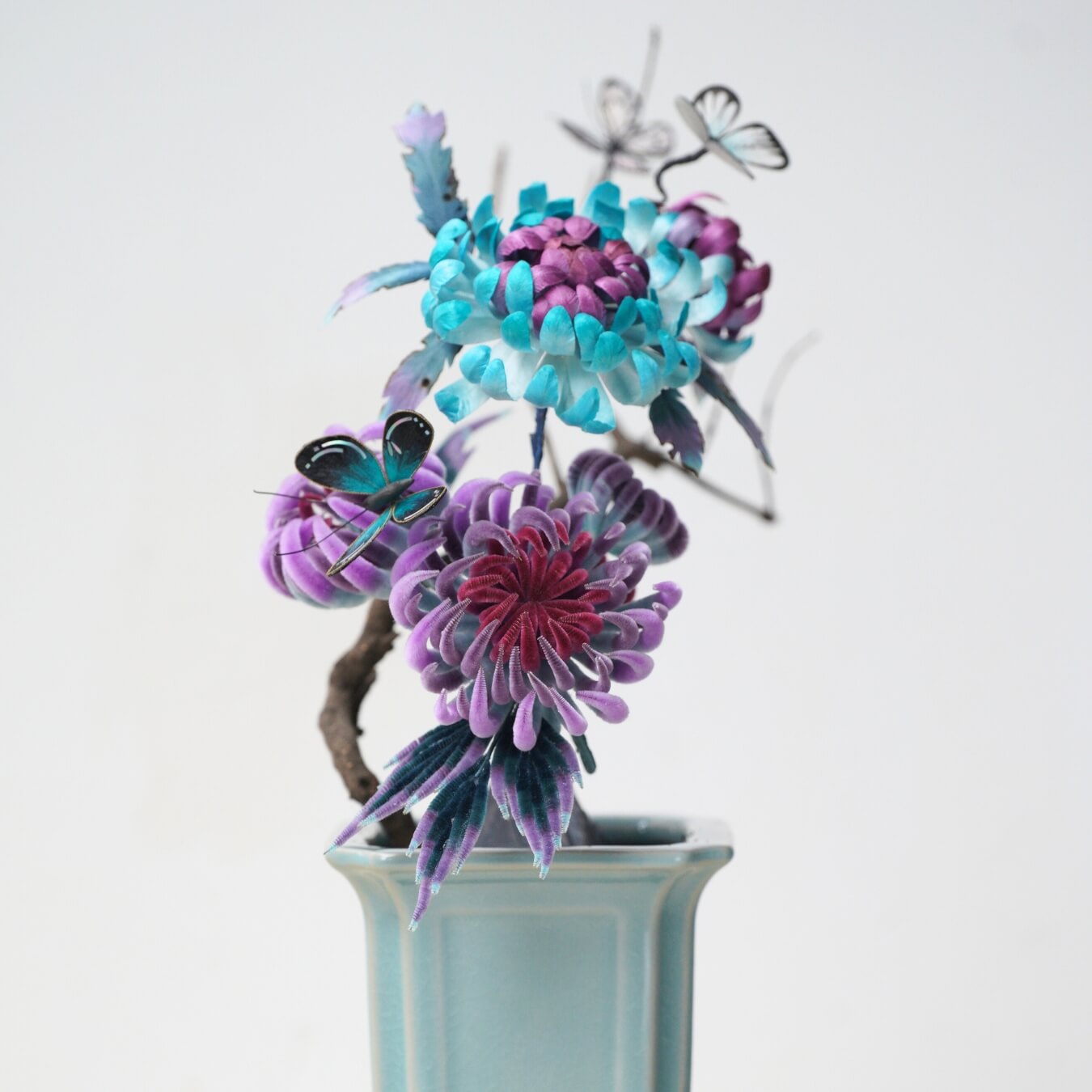
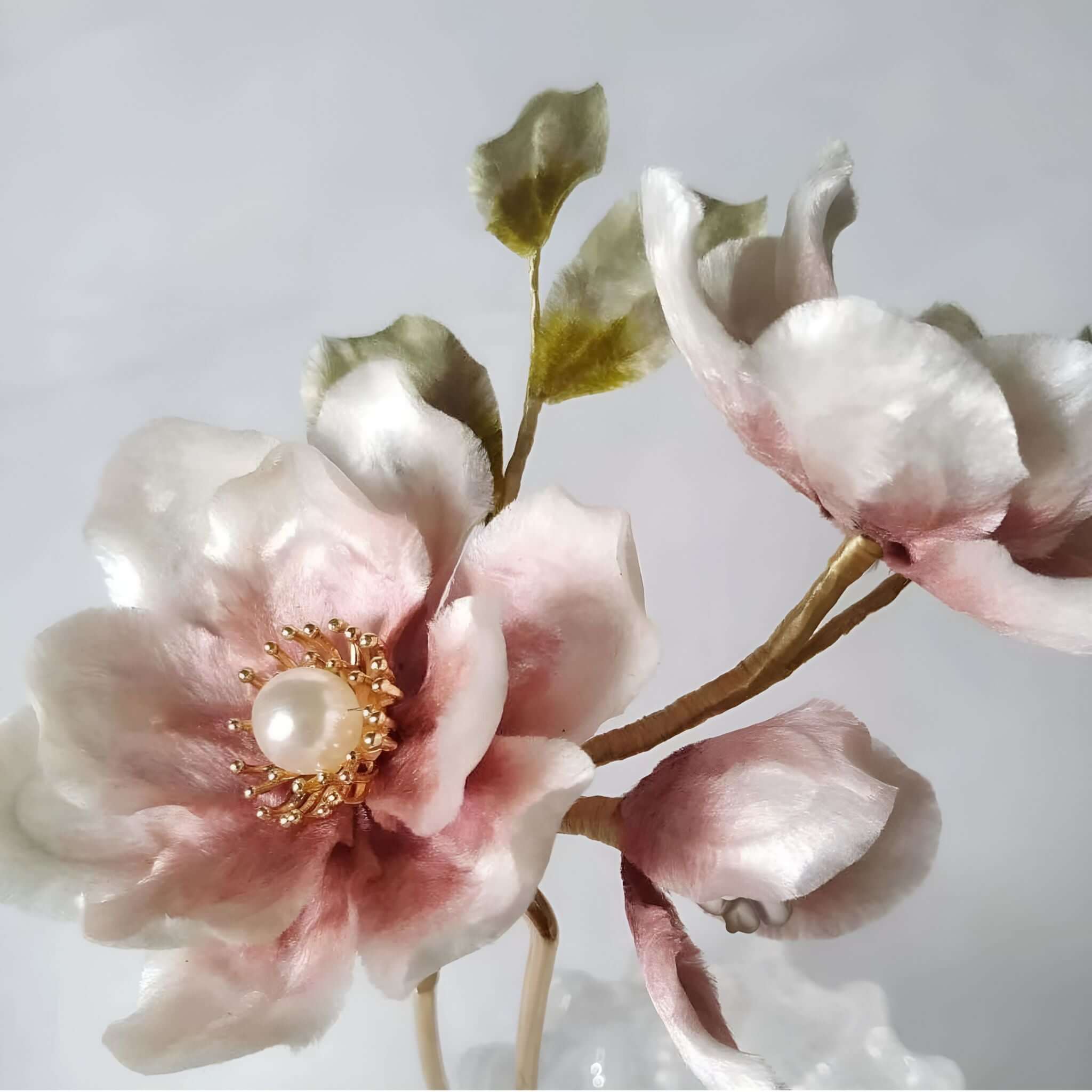
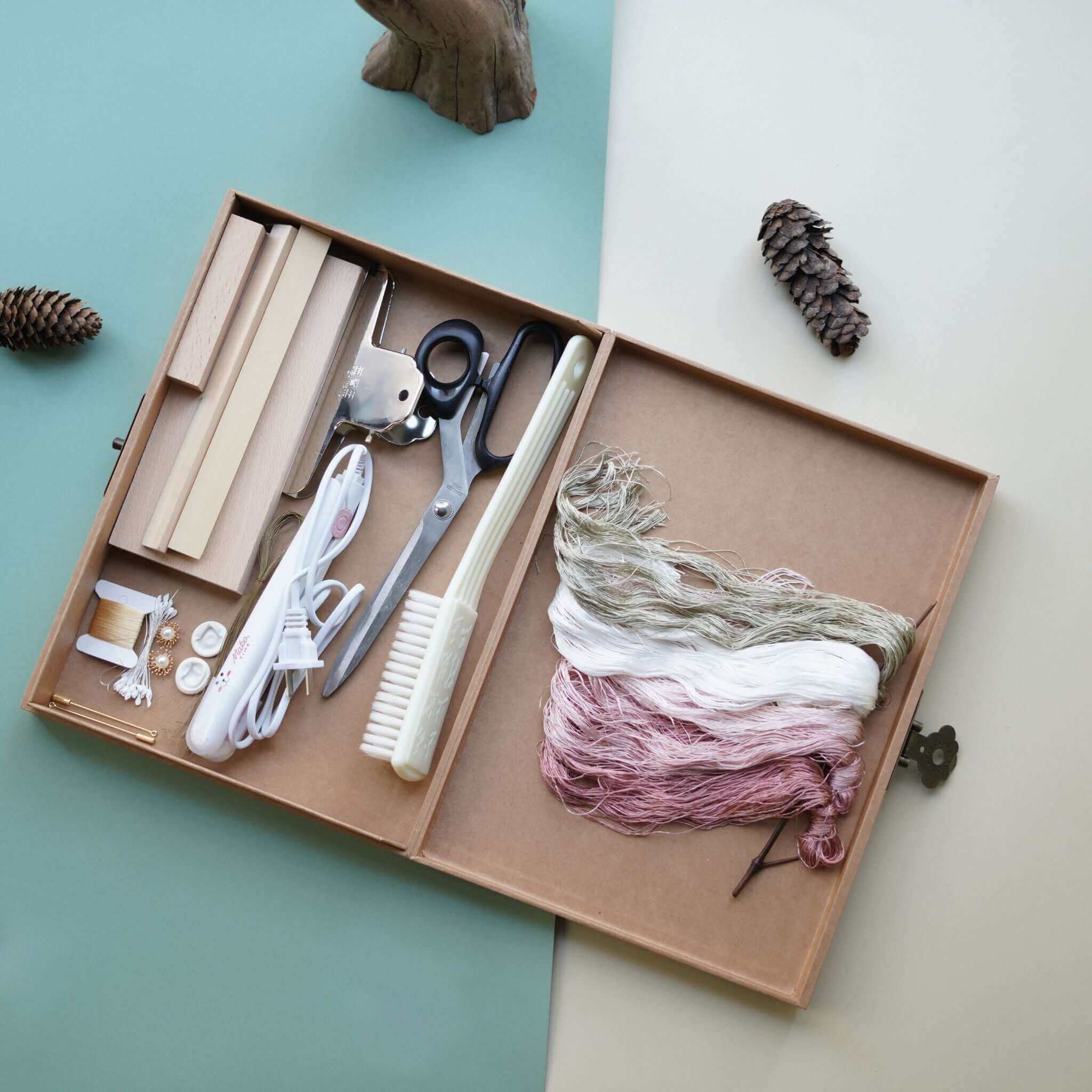
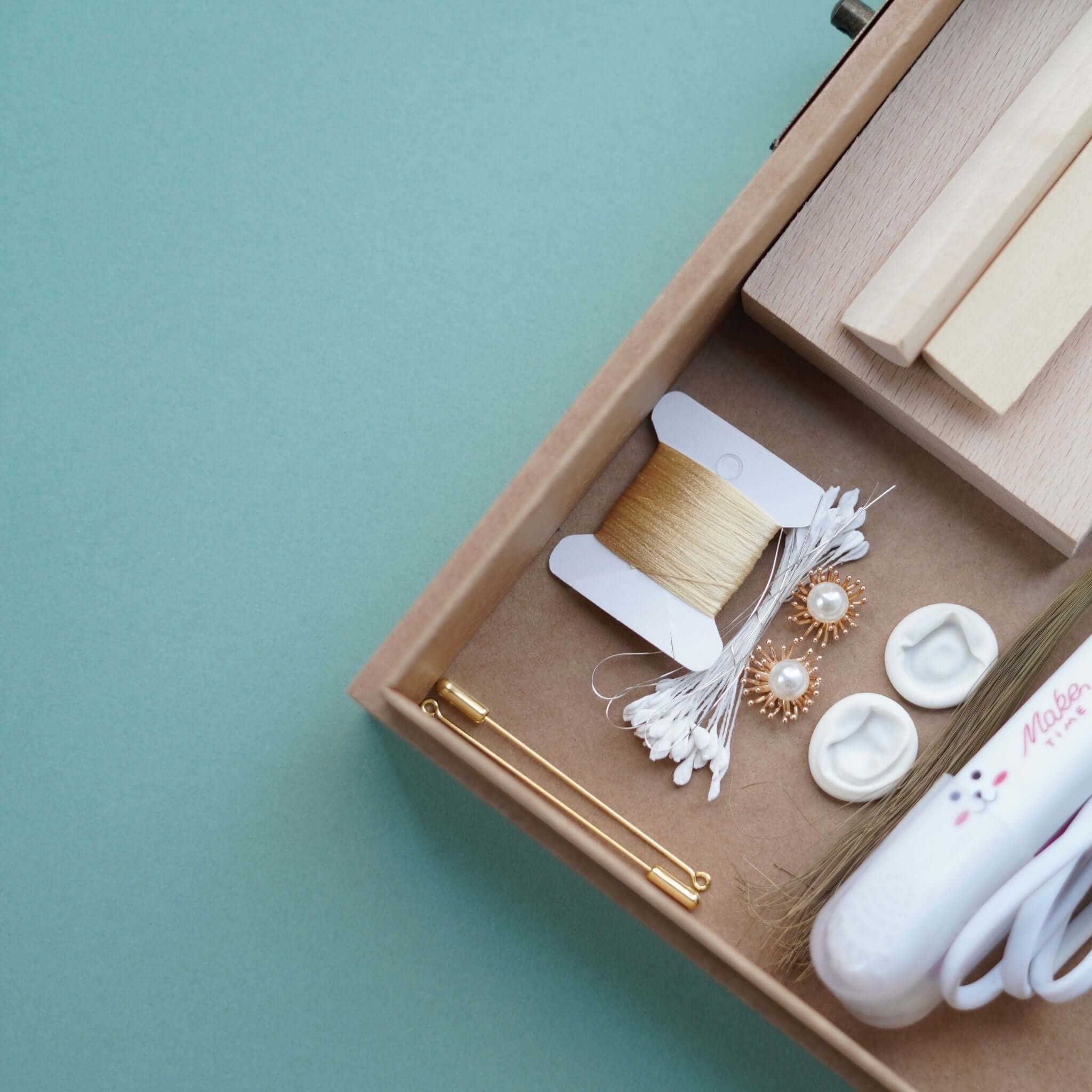
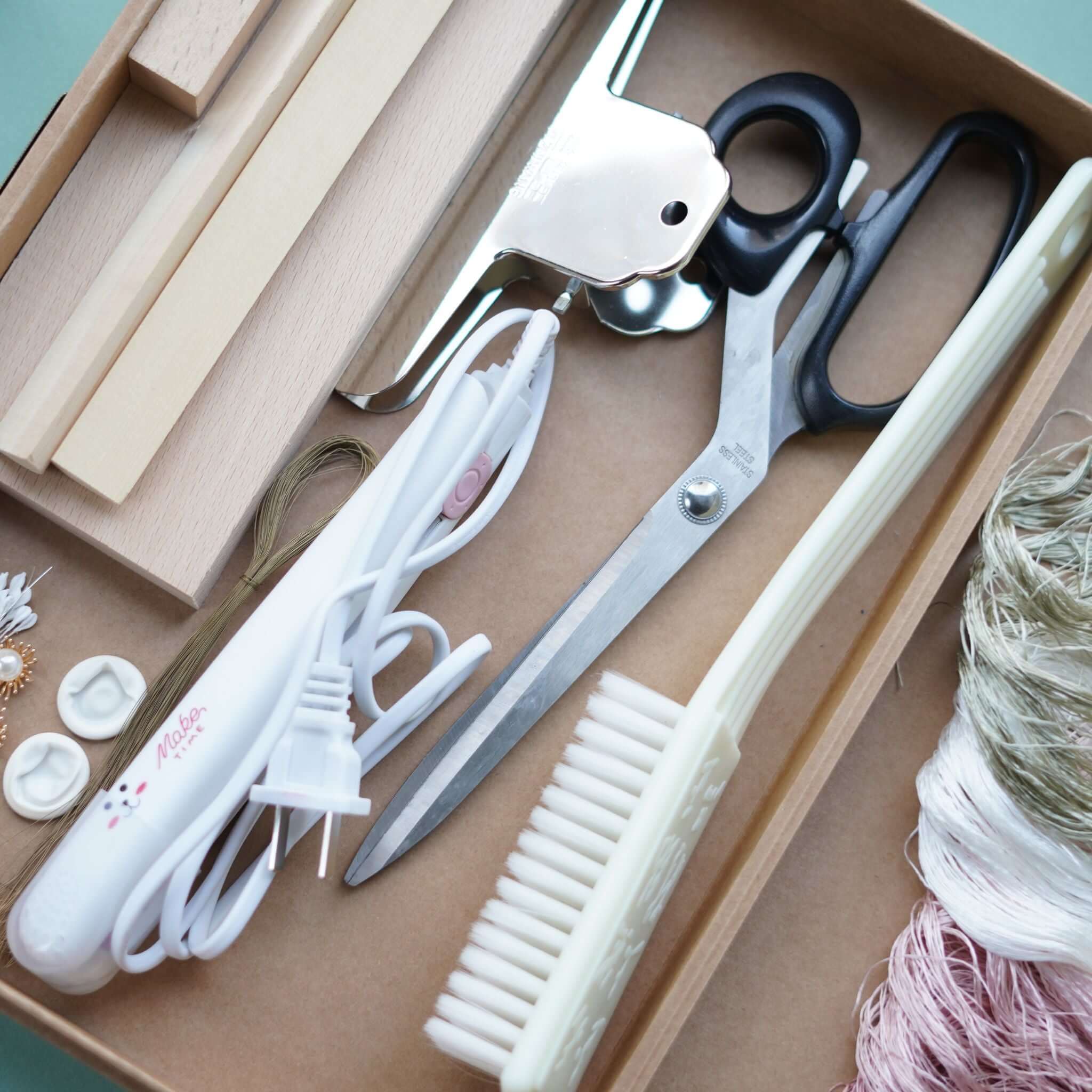
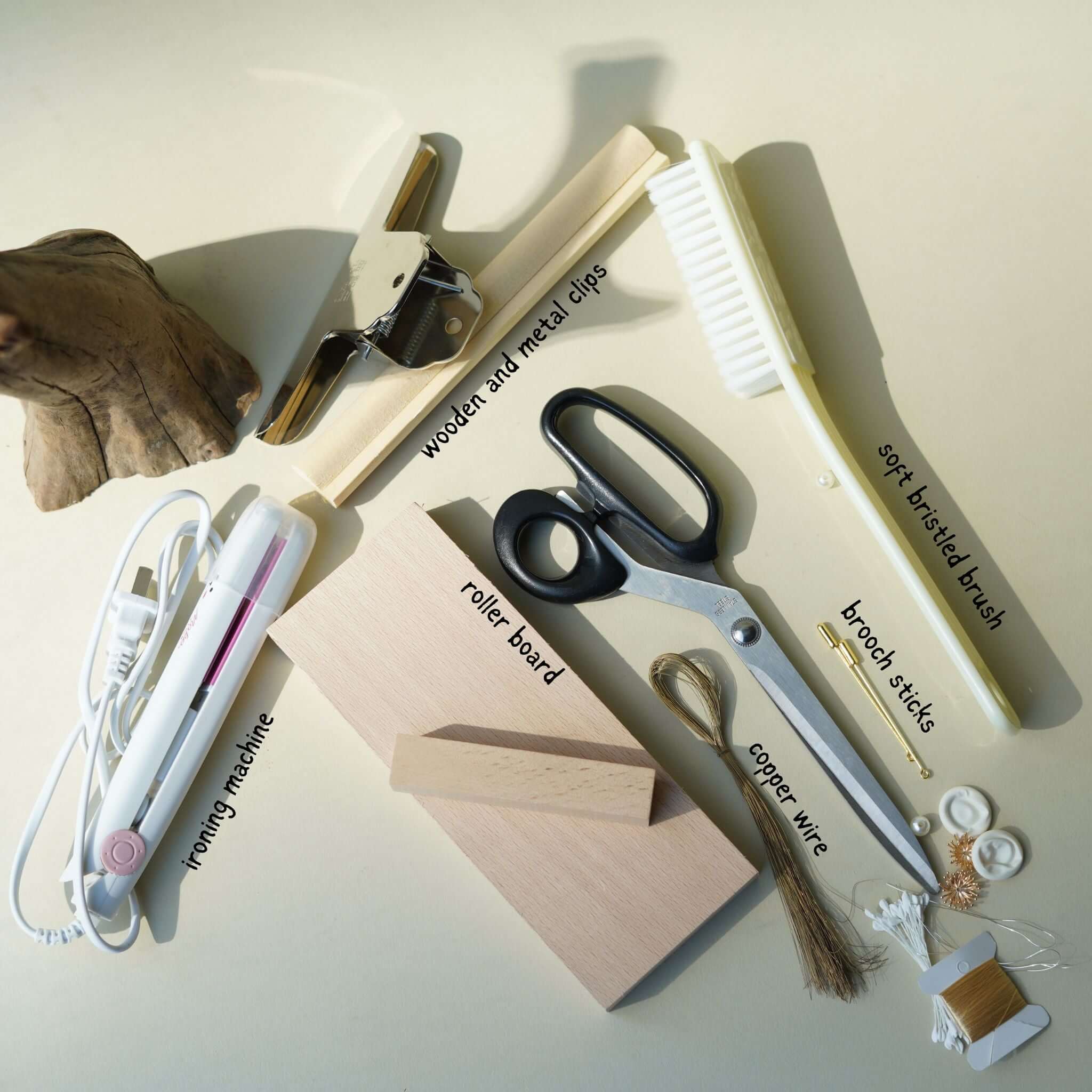
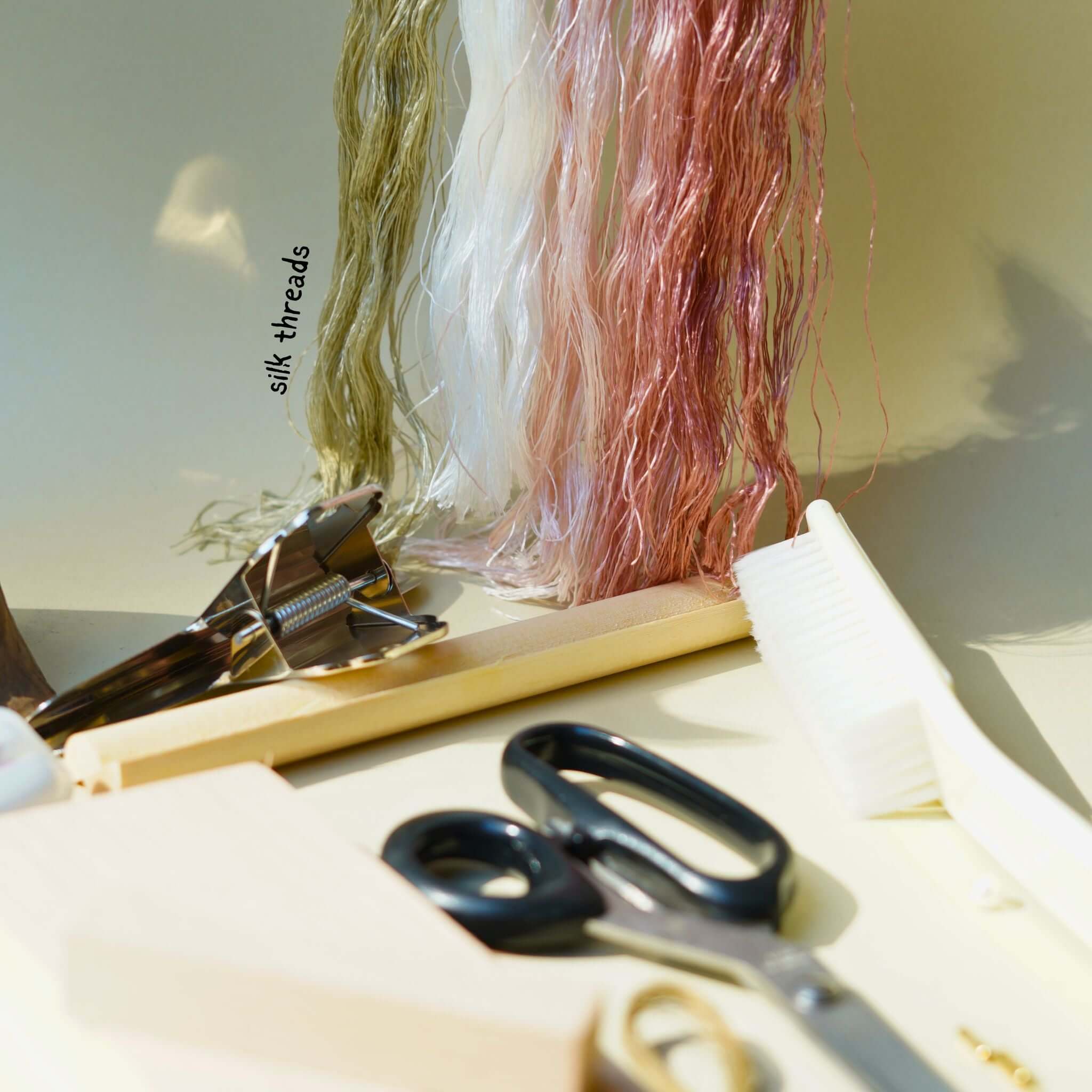
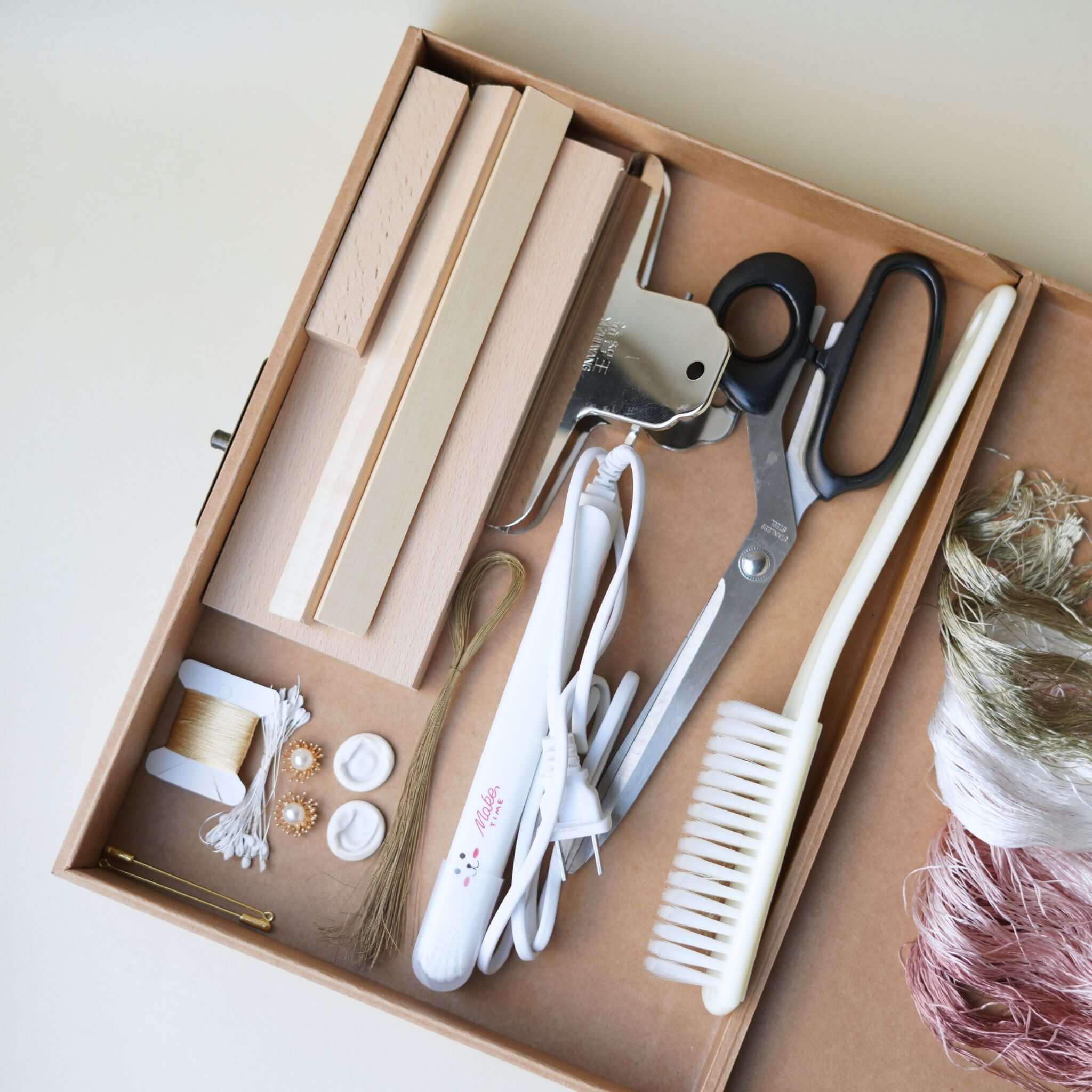
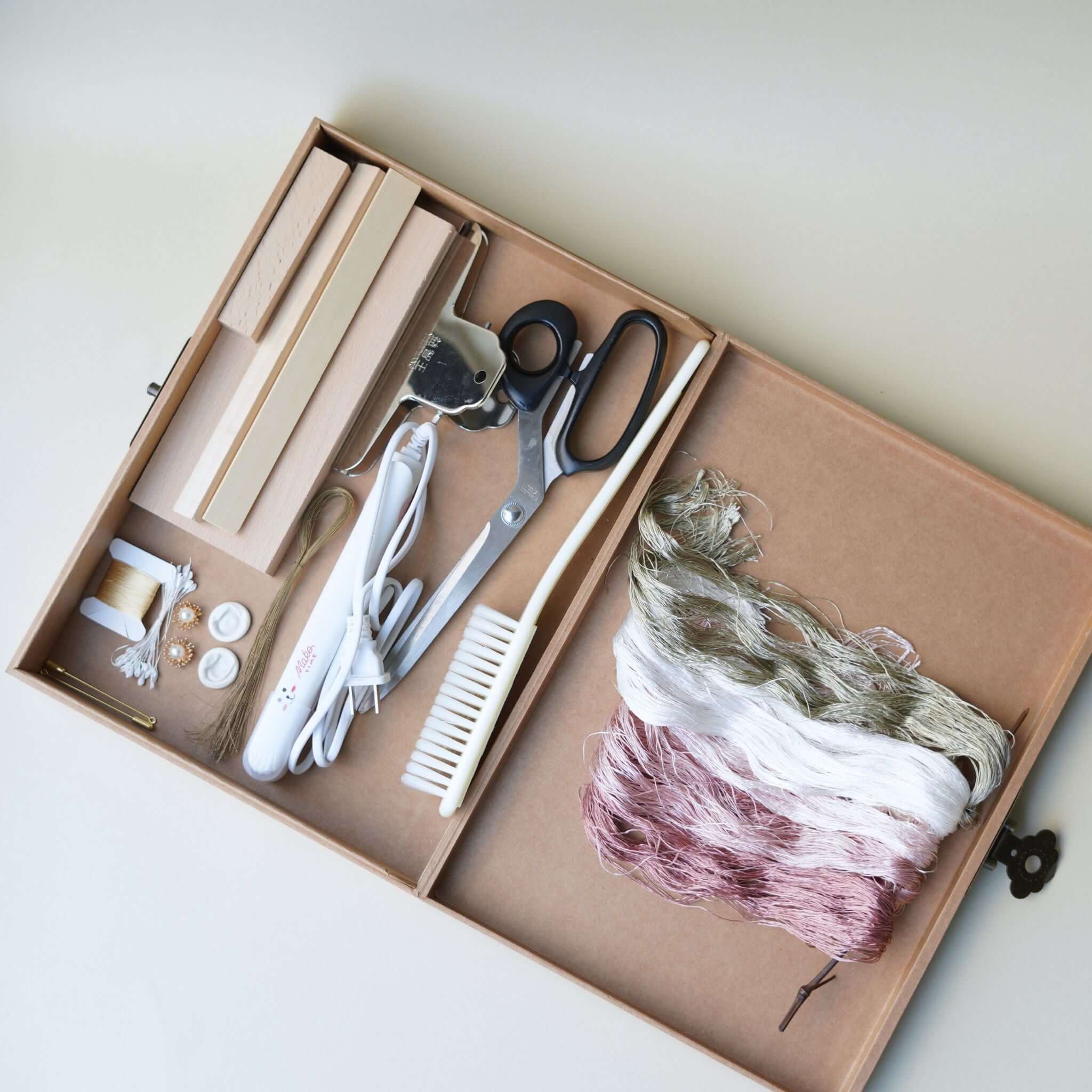
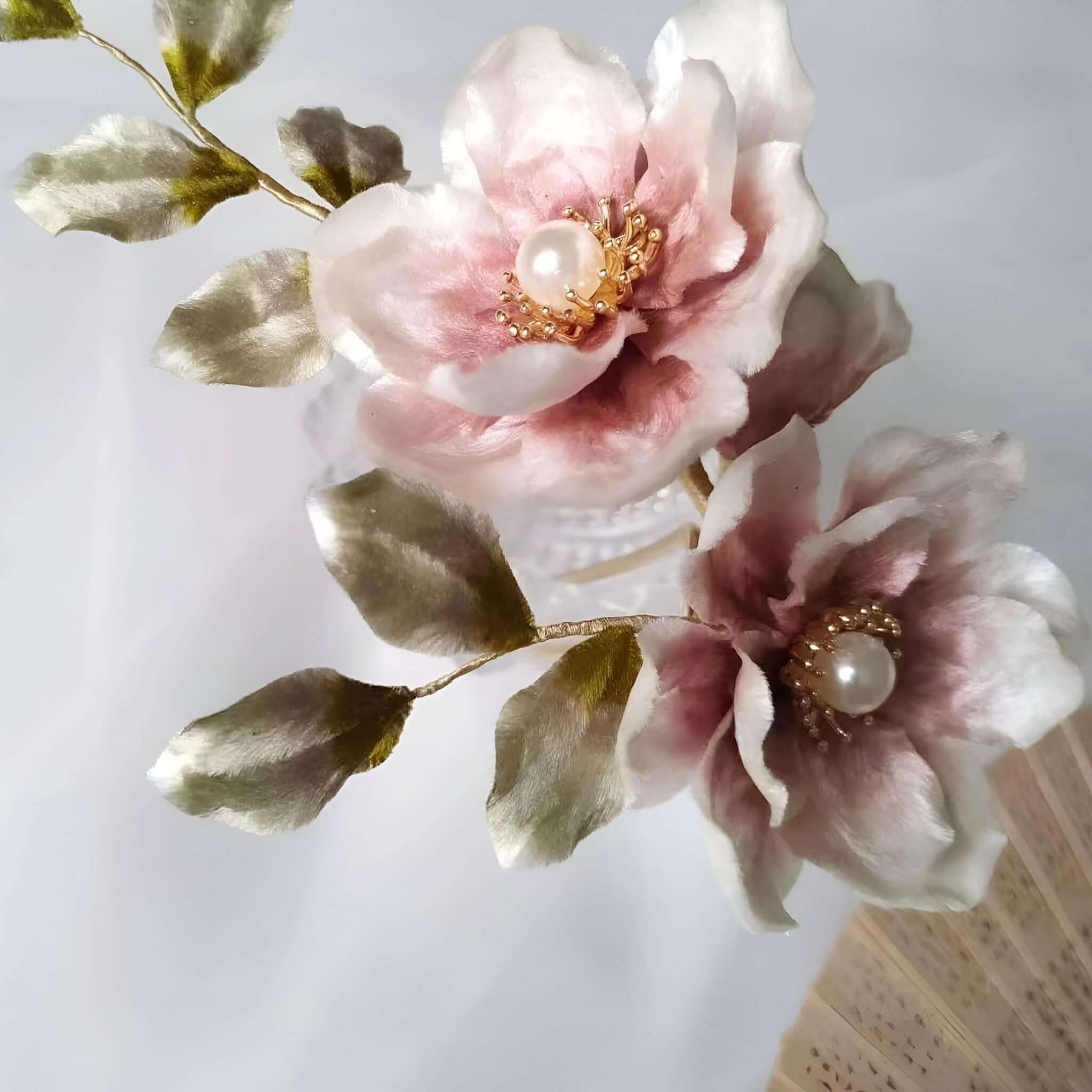
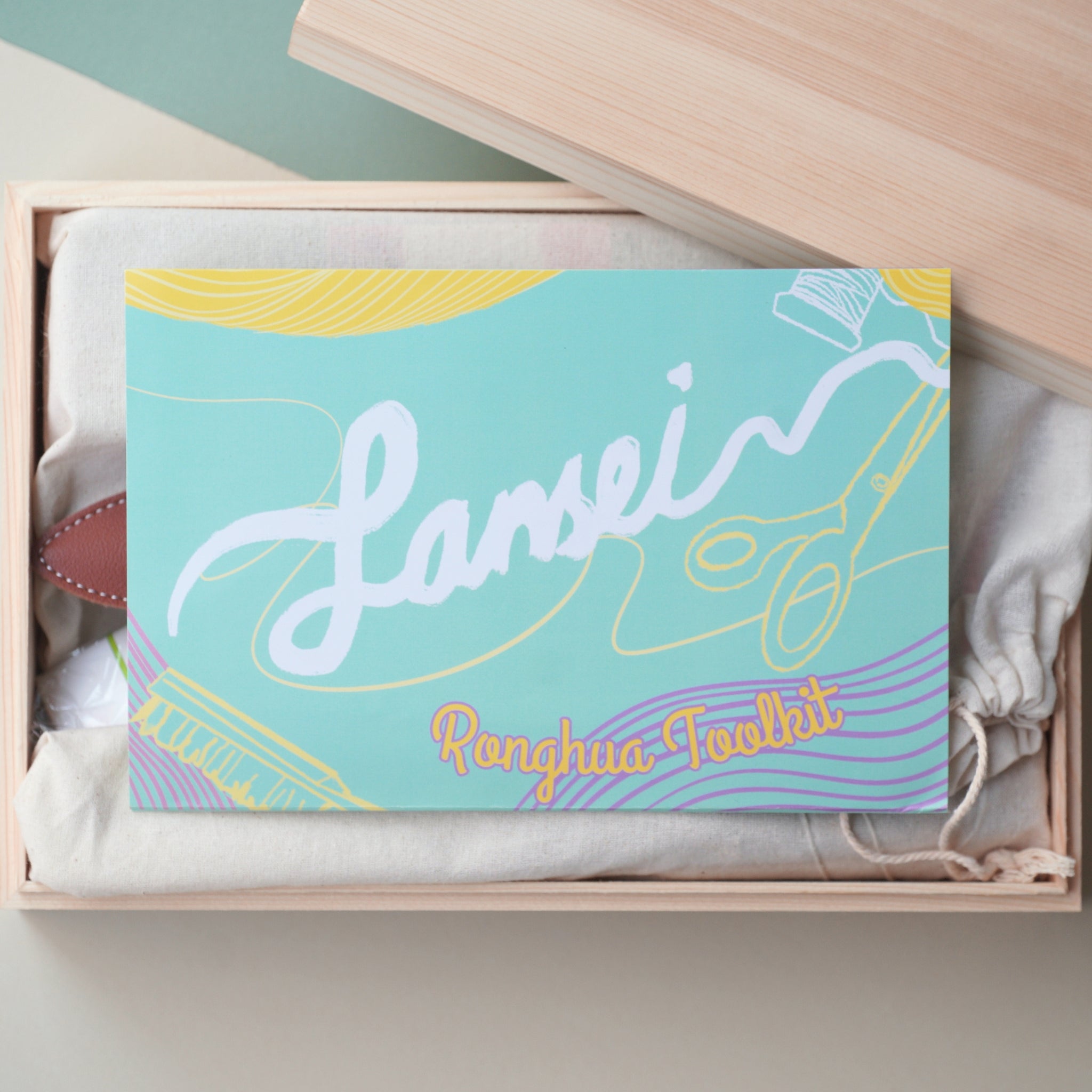
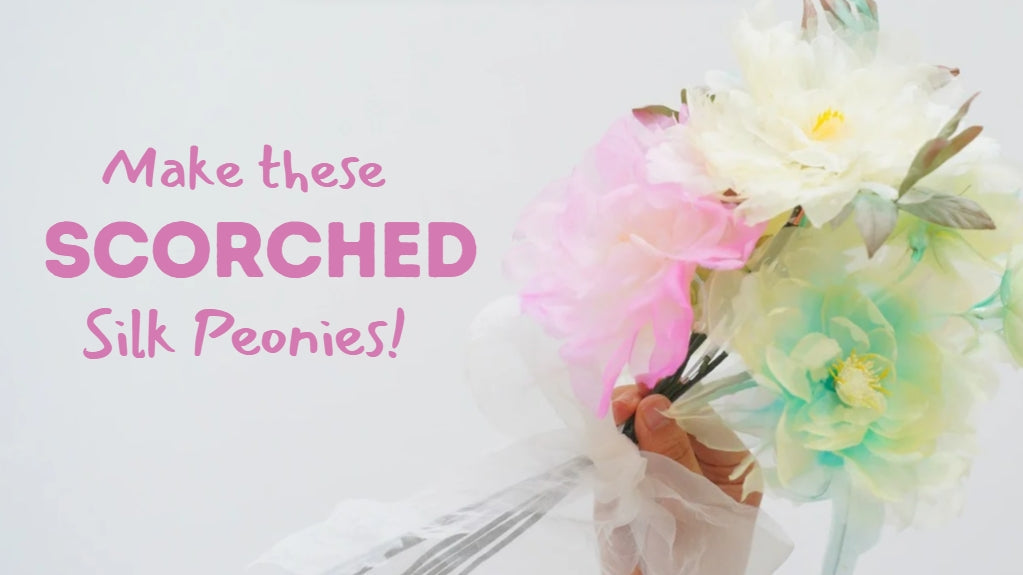
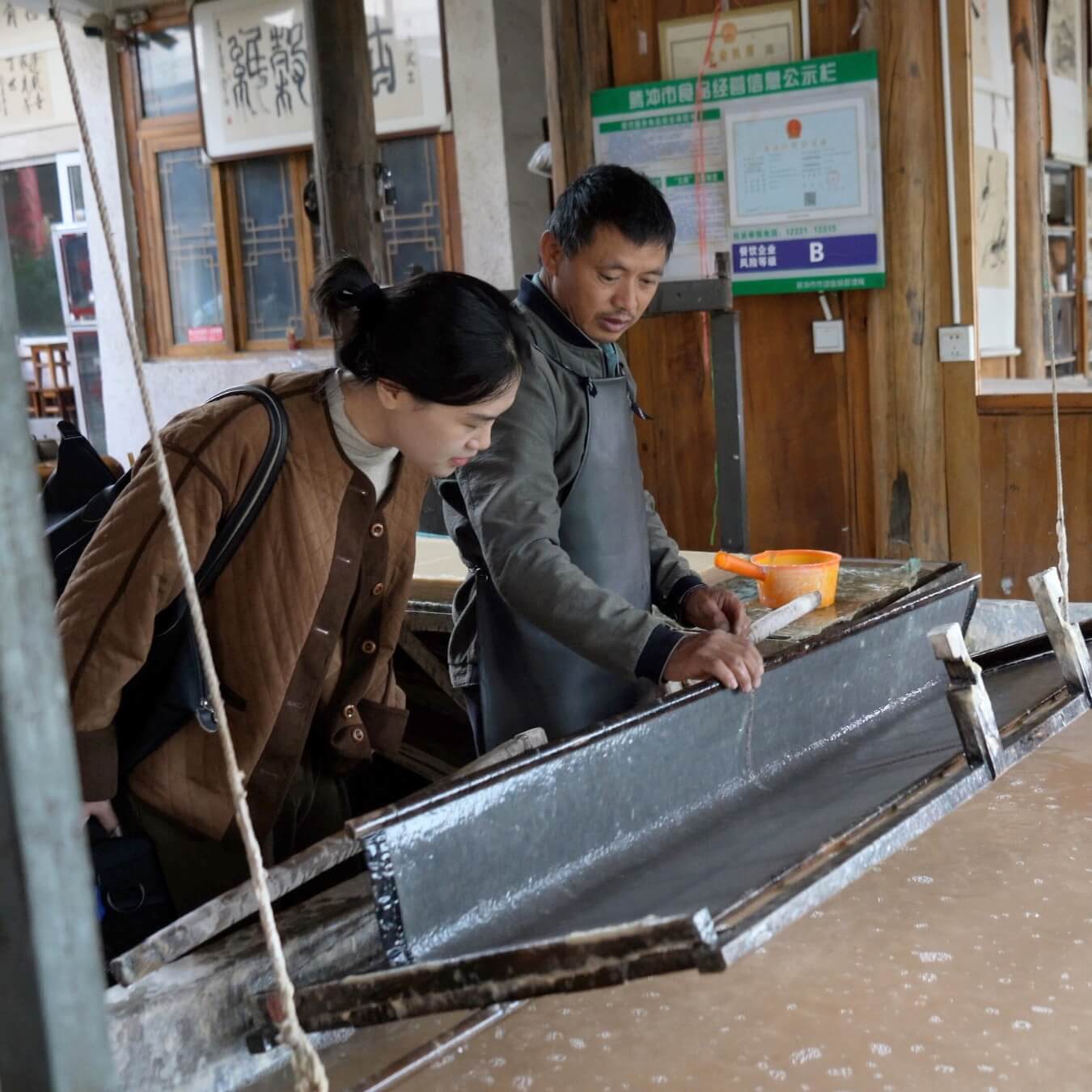
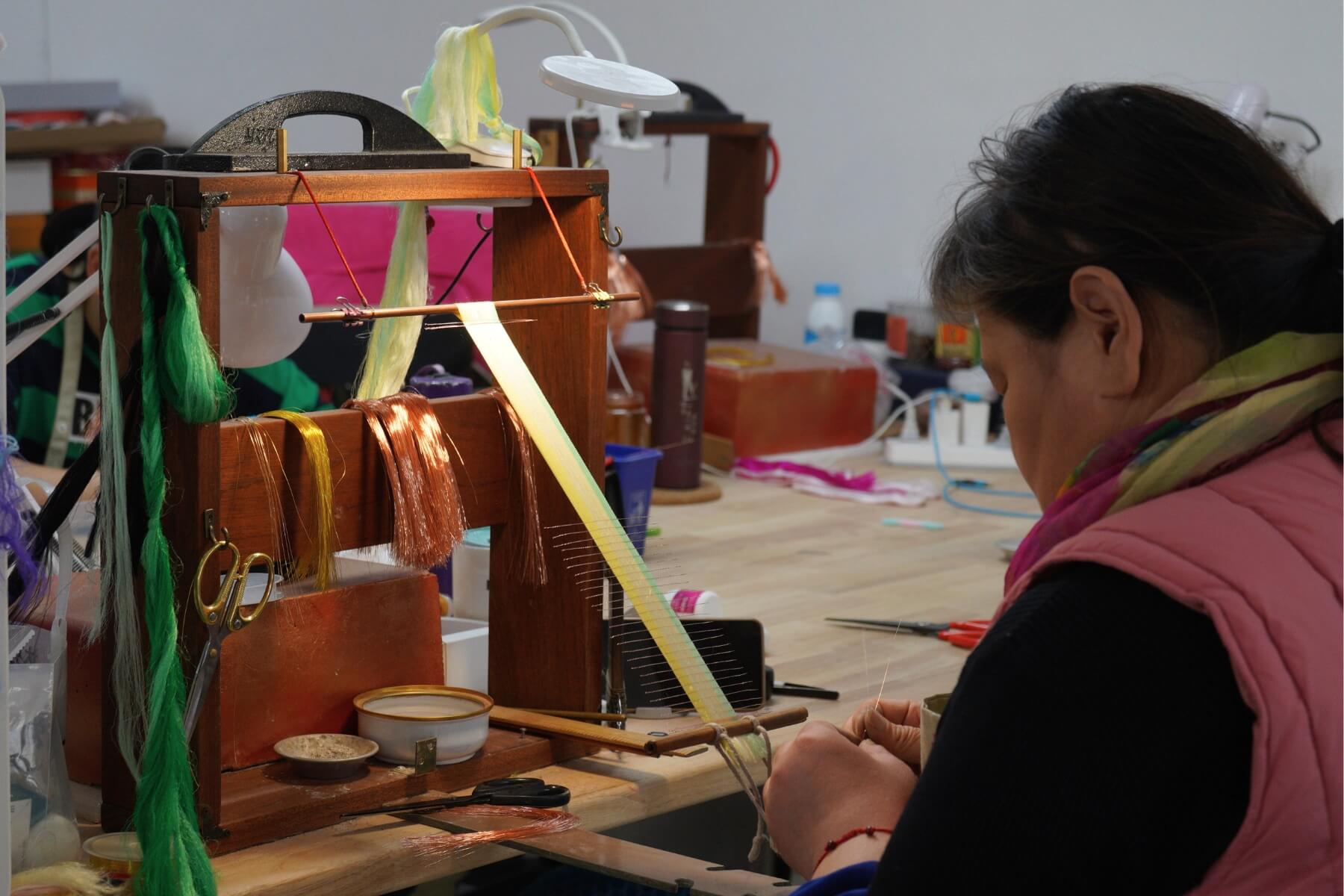
Hinterlasse einen Kommentar
Alle Kommentare werden vor der Veröffentlichung moderiert.
Diese Website ist durch hCaptcha geschützt und es gelten die allgemeinen Geschäftsbedingungen und Datenschutzbestimmungen von hCaptcha.